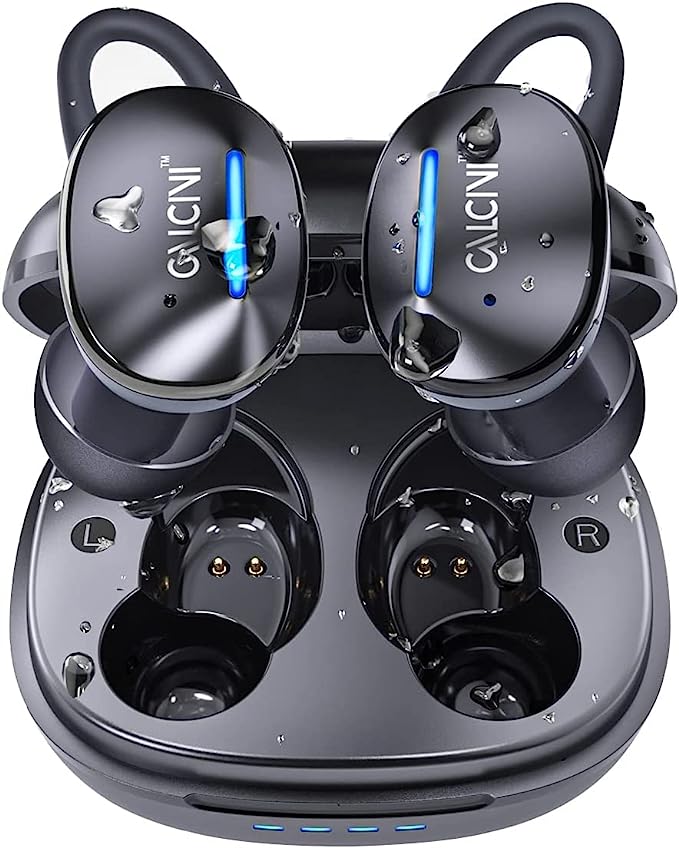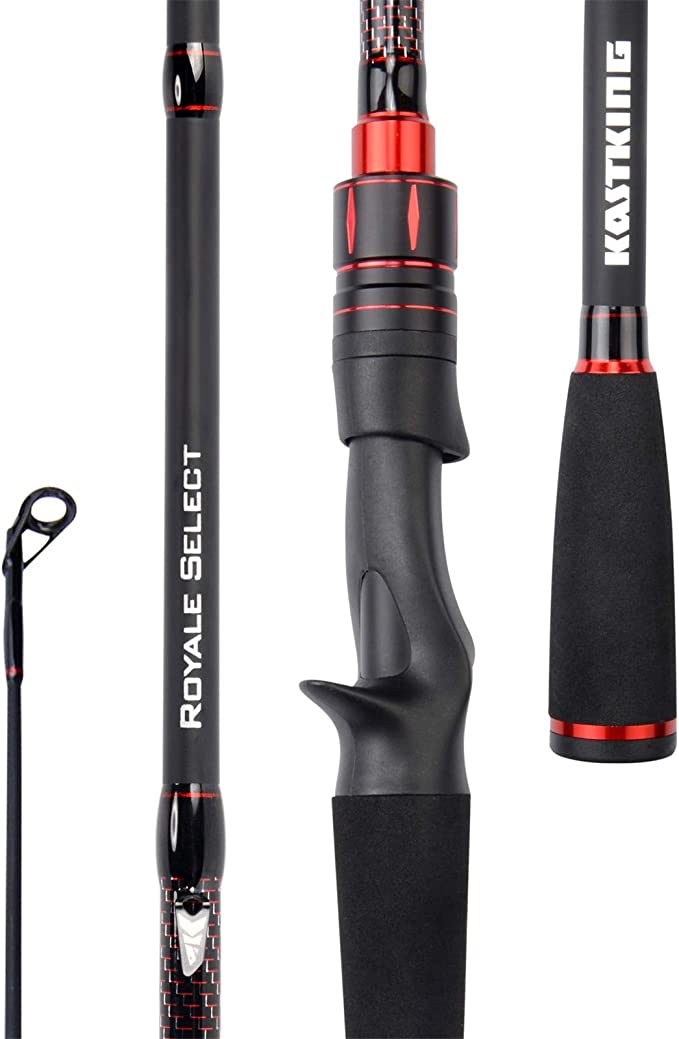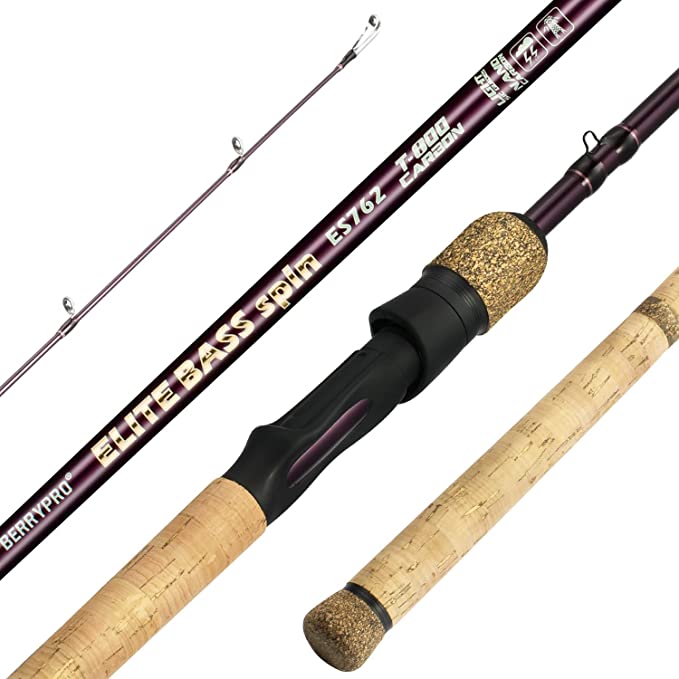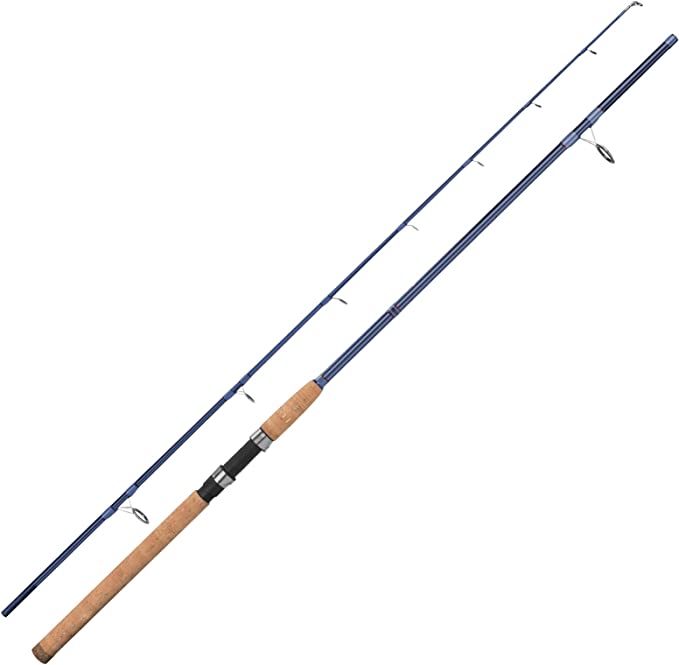WZRELB SPVC600024 6000W Split Phase Inverter: Power Your Off-Grid Life
Update on March 6, 2025, 4:12 a.m.
The Call for Energy Independence: Why Inverters Matter
In today’s world, our reliance on electricity is undeniable. From powering our homes and businesses to keeping us connected through our devices, a stable and reliable energy supply is essential. But what happens when the grid goes down? Power outages, whether caused by severe weather, infrastructure issues, or even planned maintenance, can disrupt our lives and cause significant inconvenience. This growing uncertainty, coupled with a rising interest in sustainable living and energy independence, is driving the demand for alternative power solutions, and at the heart of many of these solutions lies the power inverter.

Decoding the Inverter: From DC to AC, Simplified
At its core, an inverter performs a seemingly magical feat: it transforms Direct Current (DC) electricity into Alternating Current (AC) electricity. But what does that really mean?
Think of DC electricity like a steady stream of water flowing in one direction. This is the type of power stored in batteries, like those found in your car or a solar power system. AC electricity, on the other hand, is like a wave, constantly changing direction. This is the type of power that comes out of your wall outlets and powers most of your household appliances.
An inverter acts as a bridge between these two worlds. It takes the steady DC flow and, through clever electronic circuitry, converts it into the oscillating AC flow that your appliances need.
Now, not all inverters are created equal. You might encounter terms like “modified sine wave” and “pure sine wave.” The difference lies in the shape of the AC wave they produce. Modified sine wave inverters are cheaper, but they create a blocky, less refined waveform. This can work for some basic appliances, but it can also cause problems with sensitive electronics, motors, and even some lights, leading to buzzing, overheating, or even damage.
A pure sine wave inverter, like the WZRELB SPVC600024, produces a smooth, consistent wave that closely replicates the power you get from the utility grid. This ensures optimal performance and protects your valuable electronics. Imagine the difference between a bumpy dirt road (modified sine wave) and a freshly paved highway (pure sine wave) – your appliances will thank you for the smoother ride!

Meet the WZRELB SPVC600024: A Closer Look
The WZRELB SPVC600024 isn’t just any pure sine wave inverter; it’s a 6000-watt, split-phase powerhouse designed for demanding applications. Let’s break down what those terms mean:
- 6000 Watts (Continuous) / 12000 Watts (Peak): This refers to the amount of power the inverter can handle. 6000 watts is the continuous power it can deliver steadily, while 12000 watts is the peak power it can handle for short bursts, like when an appliance with a motor (like a refrigerator or air conditioner) first starts up.
- 24V DC Input: This means the inverter is designed to work with a 24-volt battery system. Battery systems are often configured in 12V, 24V, or 48V arrangements.
- Pure Sine Wave Output: As we discussed, this ensures clean and stable power, ideal for all types of electronics.
- Split-Phase Output (120V/240V): This is where things get interesting. Most homes in North America use a split-phase 120V/240V system. Think of it like having two separate 120V “legs” of power. Smaller appliances, like lights and laptops, use one leg (120V). Larger appliances, like ovens and dryers, use both legs (240V). The WZRELB SPVC600024 provides both 120V and 240V output, giving you maximum flexibility. It achieves this through four AC outlets and a hardwire terminal, allowing for various connection configurations.
- LCD Display: The unit features a convenient LCD screen. This display provides a clear readout of critical information, including battery voltage, output voltage, and operating temperature, allowing for easy monitoring and ensuring optimal performance.
- High Efficiency (>=91.6%):This means very little energy is wasted during the DC to AC conversion process.
- Multiple AC Outlets and a Hardwire Terminal: The inverter is equipped with four standard North American AC outlets, providing immediate connection points for common appliances and devices. The hardwire terminal offers a more permanent and secure connection, essential for higher-power applications or dedicated circuits.

Powering Your World: Real-World Applications
The versatility of the WZRELB SPVC600024 makes it suitable for a wide range of scenarios:
-
Home Backup Power: Imagine a storm rolls through, and the power goes out. With the WZRELB SPVC600024 and a properly sized battery bank, you can keep your essential appliances running – lights, refrigerator, internet router, even a small air conditioner – providing comfort and security until the grid power is restored.
-
RV Living: Hitting the open road doesn’t mean sacrificing the comforts of home. The WZRELB SPVC600024 can power your RV’s appliances, allowing you to enjoy air conditioning, television, cooking, and more, all without relying on noisy generators or crowded campground hookups.
-
Off-Grid Cabins and Remote Homes: For those seeking true energy independence, the WZRELB SPVC600024, combined with solar panels and a battery bank, can provide all the power you need to live comfortably off the grid.
-
Workshops and Remote Job Sites: Power tools, lighting, and other equipment in locations without readily available grid power.
Under the Hood: A Deep Dive into Inverter Technology
Let’s get a little more technical and explore how the WZRELB SPVC600024 achieves its impressive performance. The magic lies in a few key technologies:
-
Pulse Width Modulation (PWM): Imagine a light switch that you can flip on and off incredibly fast. That’s essentially what PWM does. It takes the DC input and, using high-speed electronic switches (transistors), creates a series of pulses. By varying the width of these pulses (hence “pulse width modulation”), the inverter can effectively control the average voltage and create a waveform that, after filtering, closely resembles a sine wave. Think of it like a digital sculptor, chiseling away at the DC voltage to create the desired AC shape.
-
Filtering: The raw output from the PWM stage is still a bit rough around the edges. Filtering circuits, using components like inductors and capacitors, smooth out these rough edges, removing unwanted high-frequency noise and creating the clean, pure sine wave output. This is like using sandpaper to smooth out a piece of wood after carving it.
(Diagram Suggestion: A simple diagram showing a DC input, a PWM switching stage, a filter, and a sine wave output. Arrows could indicate the flow of electricity.)
-
Protection Mechanisms: The WZRELB SPVC600024 is built to last, and it incorporates several crucial protection features:
- Overload Protection: If you try to draw too much power, the inverter will automatically shut down to prevent damage.
- Short Circuit Protection: If there’s a short circuit in your wiring or appliances, the inverter will quickly cut off power.
- Over-Temperature Protection: If the inverter gets too hot (due to high load or ambient temperature), it will shut down to cool off.
- Low Voltage Protection: Protects your batteries from being excessively discharged.
- High Voltage Protection: Protects the inverter from damage due to excessively high input voltage.
- Battery Reverse Polarity Protection: Safeguards against incorrect battery connection.
Ensuring a Safe and Smooth Setup: Installation and Safety
While the WZRELB SPVC600024 is designed for user-friendliness, proper installation and adherence to safety guidelines are paramount. Here are some key considerations:
- Professional Installation Recommended: For complex setups, especially those involving large battery banks or integration with solar panels, professional installation by a qualified electrician is strongly recommended.
- Battery Selection: Use batteries that are compatible with the inverter’s 24V DC input voltage. The battery capacity (measured in Amp-hours or Ah) should be sufficient to meet your power needs and desired runtime. Consult the WZRELB manual and, ideally, a qualified professional for guidance. Common battery types include AGM, gel, flooded lead-acid, and lithium-ion.
- Proper Wiring: Use appropriately sized cables to connect the inverter to the battery bank. Undersized cables can overheat and create a fire hazard. The WZRELB manual provides specific cable gauge recommendations. Always use the cables provided.
- Ventilation: The inverter generates heat during operation. Ensure adequate ventilation to prevent overheating. Do not install the inverter in a tightly enclosed space.
- Grounding: Proper grounding is essential for safety. Connect the inverter’s ground terminal to a suitable grounding point, following local electrical codes.
- Fuse Protection: Use appropriate fuses to protect the wiring and the inverter from overcurrent.
- Pre-Charge Resistor: Always use a pre-charge resistor when initially connecting the inverter to the battery bank. This prevents a large spark that can occur due to the initial inrush current.
- Regular Inspection: Check the inverter and wiring periodically for any signs of damage or wear.
Connecting to Solar Panels (Important Addition):
The WZRELB SPVC600024 itself does not directly connect to solar panels. It connects to a battery bank. To use solar panels, you need a solar charge controller between the panels and the battery bank. The charge controller regulates the voltage and current from the solar panels to safely and efficiently charge the batteries. The inverter then draws power from the batteries, not directly from the panels.
Sine Wave Showdown: Pure vs. Modified
We’ve touched on this, but it’s worth emphasizing the critical difference between pure sine wave and modified sine wave inverters, as it directly impacts the performance and longevity of your connected devices.
Imagine you’re listening to music. A pure sine wave inverter is like a high-fidelity audio system, delivering a clean, smooth, and accurate reproduction of the original sound. A modified sine wave inverter, on the other hand, is like a low-quality speaker, producing a distorted, choppy sound that might be acceptable for some, but certainly not ideal for audiophiles or sensitive equipment.
The technical reason for this difference lies in the waveform itself. A pure sine wave, as the name suggests, is a smooth, oscillating curve. A modified sine wave, however, is a stepped approximation of a sine wave. It’s a series of square-like blocks that attempt to mimic the sine wave, but fall short of its smooth, continuous flow.
This difference has real-world consequences:
-
Equipment Compatibility: Pure sine wave inverters are compatible with virtually all AC-powered devices. Modified sine wave inverters, however, can cause problems with:
- Motors: They can run hotter, less efficiently, and experience reduced lifespan. This includes appliances like refrigerators, air conditioners, and pumps.
- Sensitive Electronics: Devices like computers, medical equipment, and some audio/video equipment can malfunction, experience data loss, or even be damaged.
- Dimmer Switches and Some LED Lights: These can flicker or buzz when powered by a modified sine wave.
- Appliances with Digital Clocks: These may not keep time accurately.
-
Efficiency: Pure sine wave inverters are generally more efficient than modified sine wave inverters, especially when powering inductive loads (like motors).
-
Noise: Modified sine wave inverters can often produce a noticeable humming or buzzing sound in connected devices.
While modified sine wave inverters are typically cheaper, the potential risks and limitations often outweigh the cost savings, especially if you plan to power sensitive or expensive equipment. The WZRELB SPVC600024, with its pure sine wave output, provides the peace of mind that your devices will operate correctly and safely.
The Future is Bright: Inverters and Renewable Energy
The WZRELB SPVC600024 isn’t just a solution for power outages or off-grid living; it’s a key component in a larger movement towards sustainable energy. As solar and wind power become increasingly accessible and affordable, inverters play a crucial role in converting the DC electricity generated by these renewable sources into the AC electricity we use every day.
By combining the WZRELB SPVC600024 with solar panels and a battery bank, you can create a self-sufficient energy system that reduces your reliance on fossil fuels and lowers your carbon footprint. This not only benefits the environment but also provides long-term cost savings and energy security.
The future of inverters is likely to see even greater efficiency, smarter controls, and tighter integration with energy storage systems. As technology advances, we can expect inverters to become even more essential in our transition to a cleaner, more sustainable energy future. The WZRELB SPVC600024 represents a significant step in that direction, empowering individuals and communities to take control of their energy needs and embrace a more resilient and environmentally responsible way of life.







































